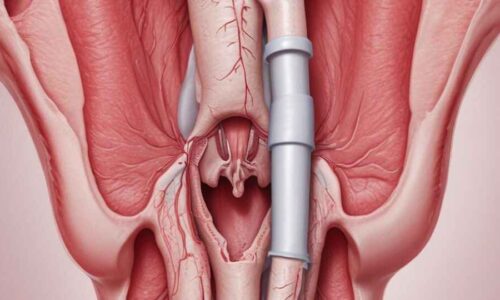
ICD-10 Code for Uterine Fibroids: Accurate Diagnosis and Billing
It’s essential to comprehend the deep elements of ICD-10 codes when it comes to medical coding and diagnosis. The ICD-10 number assigned to uterine fibroids, a common gynecological illness that affects many women, is crucial for correct medical billing, insurance claims, and the gathering of statistical data. In this thorough tutorial, we dig into the nuances of the ICD-10 classification for uterine fibroids, illuminating its significance and describing how it is applied in the medical community.
What is an ICD-10 Code?
The International Classification of Diseases, 10th Revision is known as ICD-10. It is a widely used classification scheme for illnesses and other health issues. ICD-10, which was created by the World Health Organization (WHO), is a standardized system for coding a range of medical diagnoses and procedures.
The Significance of ICD-10 Codes
ICD-10 codes are not mere strings of alphanumeric characters; they are essential tools in the healthcare industry for several reasons:
- Accurate Diagnosis: The primary purpose of ICD-10 codes is to accurately describe a patient’s condition. In the case of uterine fibroids, the code provides a specific identifier for this common medical condition.
- Medical Billing: Hospitals and healthcare providers use ICD-10 codes to generate bills for patients’ treatment. These codes are crucial for insurance claims and ensuring that patients receive accurate invoices.
- Research and Epidemiology: Epidemiologists and healthcare researchers rely on ICD-10 codes to track the prevalence of diseases like uterine fibroids. This data helps in understanding the disease’s impact on public health.
Uterine Fibroids: Understanding the Condition
Uterine fibroids, also known as leiomyomas or myomas, are noncancerous growths of the uterus that often appear during childbearing years. These growths are composed of muscle and fibrous tissue and can vary in size, from tiny seedlings that can’t be seen by the naked eye to large masses that can distort the shape of the uterus.
Common symptoms of uterine fibroids include:
- Heavy menstrual bleeding
- Pelvic pain and pressure
- Frequent urination
- Constipation
- Backache or leg pains
It’s important to note that while uterine fibroids can cause discomfort and complications, they are almost always benign and not associated with an increased risk of uterine cancer.
The ICD-10 Code for Uterine Fibroids
Now, let’s get to the heart of the matter—the specific ICD-10 code for uterine fibroids. To accurately represent this condition in medical records, the code to use is D25.9.
Breaking down this code:
- D indicates that it’s a disease or condition.
- 25 designates uterine fibroids within the broader category of “Benign neoplasm of other and unspecified parts of the uterus.”
- .9 denotes that it’s an unspecified uterine fibroid, as there are various subtypes and locations within the uterus.
Proper Usage of the ICD-10 Code for Uterine Fibroids
When documenting a patient’s medical records or submitting insurance claims related to uterine fibroids, it’s crucial to use the ICD-10 code D25.9 accurately. Here are some important things to think about:
- Detailed Description: Always provide a detailed description of the patient’s condition when using the ICD-10 code D25.9. Mention the size, location, and any specific characteristics of the uterine fibroids, if known.
- Documentation Consistency: Consistency is key in medical coding. Ensure that the same ICD-10 code is used throughout the patient’s records, from diagnosis to treatment and follow-up.
- Stay Informed: Stay up-to-date with any changes or updates to the ICD-10 coding system. The healthcare industry periodically updates codes and guidelines, so it’s essential to remain informed to ensure accurate coding.
Conclusion
In the world of healthcare, accurate coding is paramount. Understanding the ICD-10 code for uterine fibroids, D25.9, is essential for healthcare providers, medical coders, and insurance professionals. This code plays a vital role in ensuring that patients receive the appropriate care and that healthcare facilities can process billing and claims efficiently.
Janvi Dhiman
Janvi Dhiman holds a Master's degree in Biotechnology and has a background in both undergraduate and postgraduate studies from Amity University, Noida. Her passion lies in making meaningful contributions to the healthcare and research sectors. Currently, she is a valued member of our team, serving as a Research Analyst and a medical content writer at DiseaseInfoHub.




